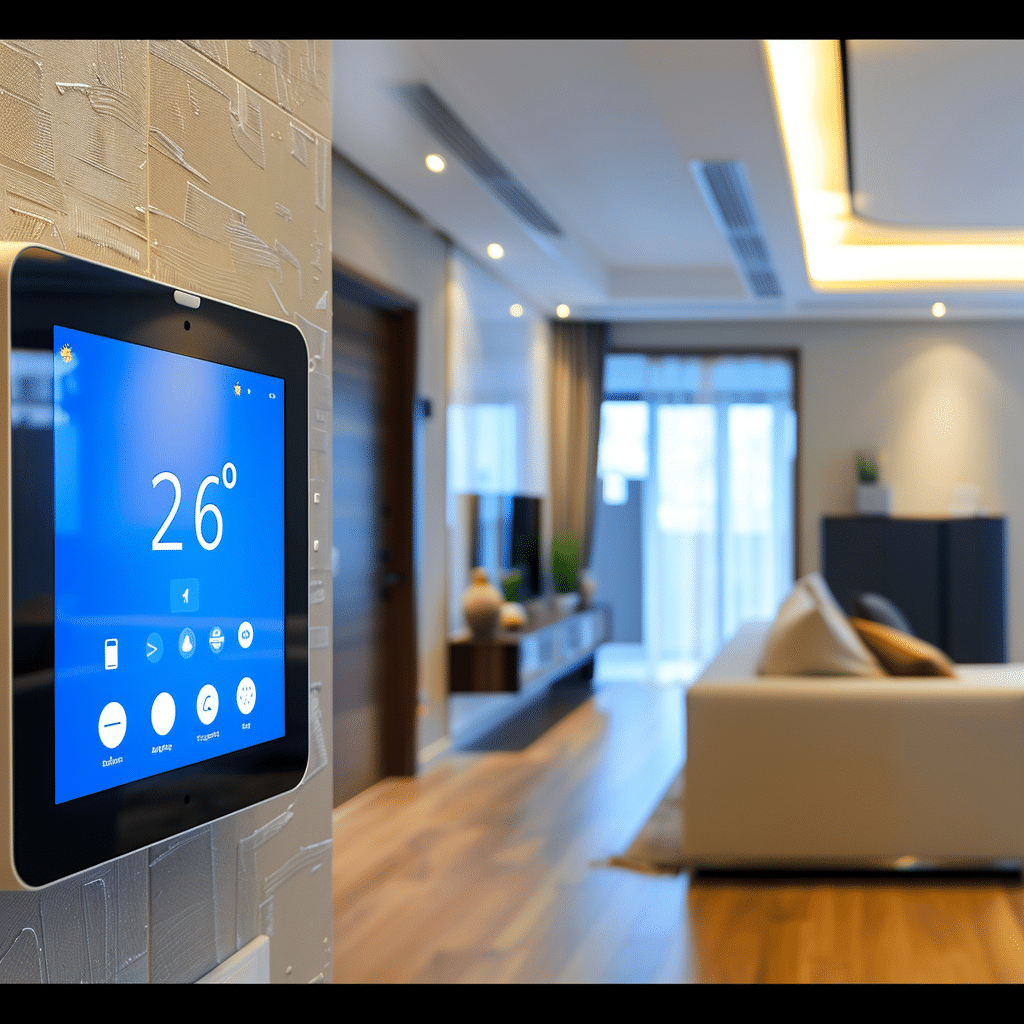Table of Contents:
- Introduction
- High Initial Costs
- Complex Installation and Setup
- Privacy and Security Concerns
- Dependence on Internet Connectivity
- Technology Obsolescence
- Interoperability Issues
- Health Implications
- Environmental Impact
- Conclusion
- Frequently Asked Questions (FAQs)
Introduction
Smart homes, with their promise of convenience, efficiency, and futuristic living, have become increasingly popular. Companies like WyreDreams Inc. are leading the charge in transforming ordinary homes into smart havens where devices harmonize to create a seamless living experience. However, beneath the allure of this cutting-edge technology lies a set of challenges that potential users must consider. This blog delves into the drawbacks of smart homes that you should know before diving into the world of automation.
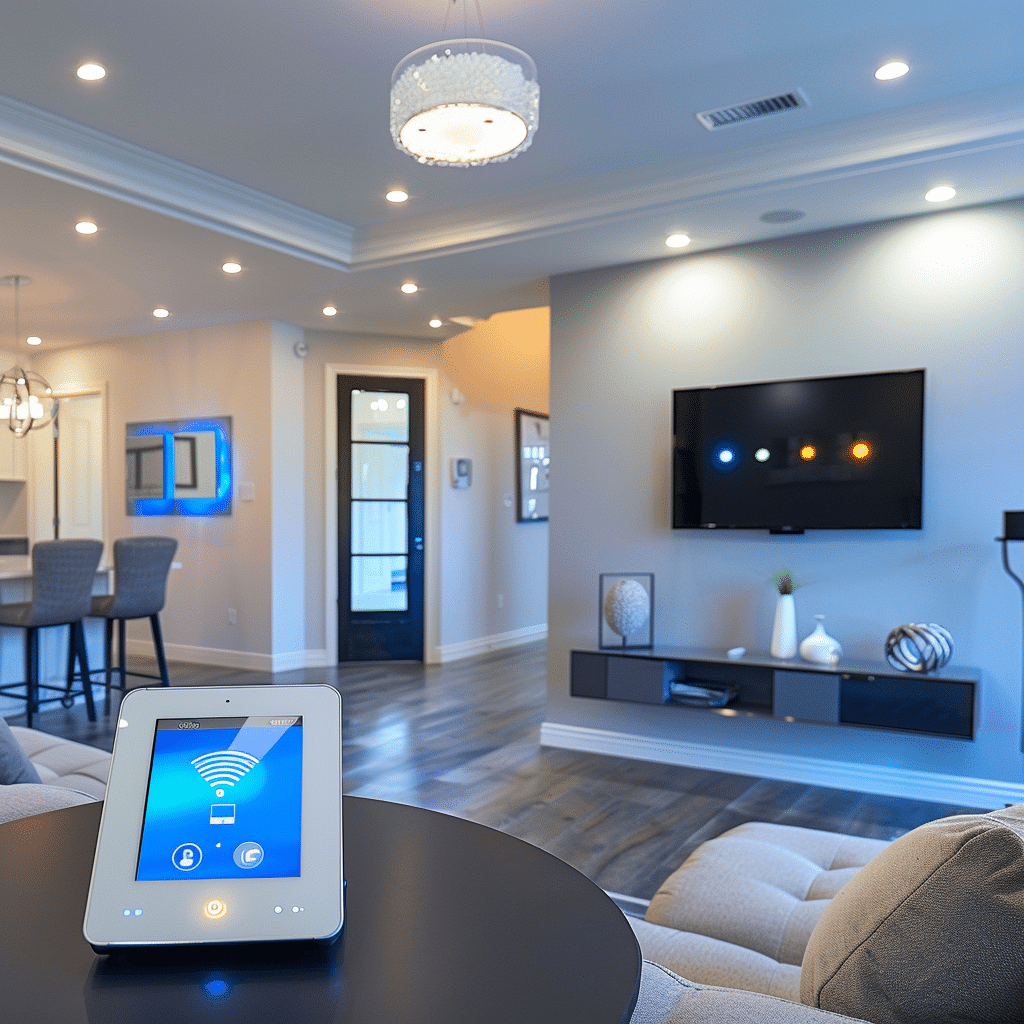
High Initial Costs
Investing in a smart home is not for the faint of heart or light of wallet. The upfront costs associated with purchasing and installing a comprehensive smart home system can be substantial.
- Equipment Costs: High-quality smart home devices like those offered by WyreDreams Inc., including Crestron systems, advanced home theater setups, and outdoor entertainment solutions, come with premium price tags.
- Installation Fees: Professional installation, especially for intricate systems, adds to the overall cost. WyreDreams Inc., known for its expert AV installation services, ensures a seamless experience but at a cost.
- Maintenance and Upgrades: As technology evolves, maintaining and upgrading your system can be an ongoing expense.
Drawbacks of Smart Homes: The significant financial investment required can be a deterrent for many potential users. Twice in every section, it’s essential to consider whether the convenience justifies the cost, particularly for those on a tight budget.
Complex Installation and Setup
The process of transforming a traditional home into a smart home is far from straightforward.
- Technical Expertise Required: Setting up a smart home involves integrating various devices, which may require technical know-how. While WyreDreams Inc. offers professional installation, not all providers do.
- Time-Consuming Process: Even with professional help, the installation process can be lengthy, disrupting daily life.
- Customization Needs: Each smart home setup is unique, tailored to the homeowner’s specific needs, which can complicate the installation process.
Drawbacks of Smart Homes: The complexity of installation and setup can be overwhelming for many, making it crucial to weigh the benefits against the challenges of getting everything up and running smoothly.
Privacy and Security Concerns
As homes become smarter, they also become more vulnerable to security threats.
- Data Privacy Issues: Smart home devices collect and store a significant amount of personal data, raising concerns about how this data is used and protected.
- Hacking Risks: With internet-connected devices, the risk of hacking increases, potentially compromising the security of your home.
- Surveillance Concerns: Devices with cameras and microphones, such as smart speakers or security cameras, can potentially be exploited, leading to unauthorized surveillance.
Drawbacks of Smart Homes: The potential for privacy breaches and security threats is a significant drawback, making it essential for users to consider these risks when adopting smart home technology.
Dependence on Internet Connectivity
A smart home’s functionality hinges on a stable internet connection.
- Network Reliability: Any disruption in your internet service can render smart home devices useless or, at best, unreliable.
- Bandwidth Requirements: Multiple devices operating simultaneously can strain your home network, leading to slower internet speeds and reduced efficiency.
- Remote Accessibility: The ability to control devices remotely is entirely dependent on having a robust internet connection, which may not be available in all areas.
Drawbacks of Smart Homes: The reliance on internet connectivity is a double-edged sword, offering convenience but also vulnerability, particularly in areas with unstable or slow internet.
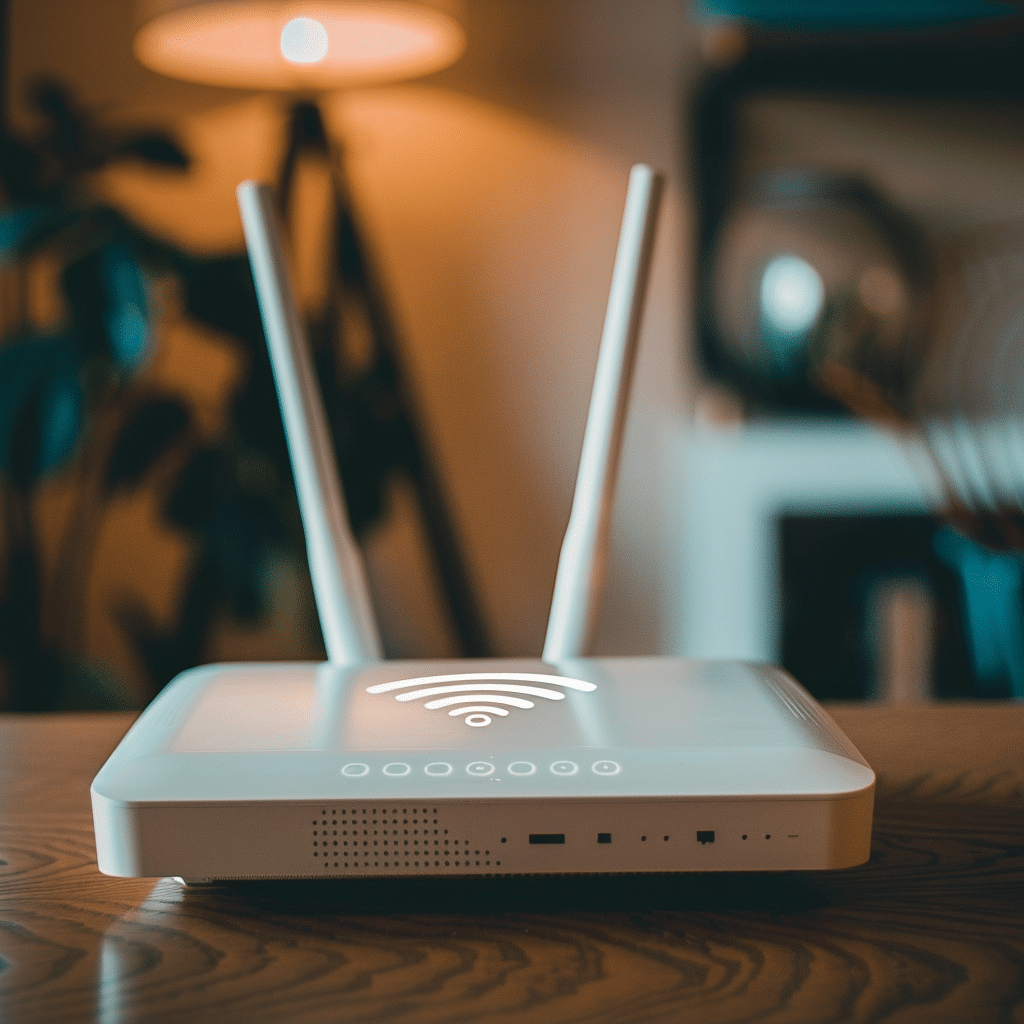
Technology Obsolescence
The rapid pace of technological advancement means that today’s cutting-edge devices could become outdated within a few years.
- Short Product Lifespan: As new devices and standards emerge, older smart home systems may no longer be supported, requiring expensive upgrades or replacements.
- Compatibility Issues: New devices may not be compatible with existing systems, leading to additional costs and frustration.
- Software Updates: Frequent software updates are necessary to maintain functionality, but they can also introduce new problems or incompatibilities.
Drawbacks of Smart Homes: The fast pace of technological change is a significant drawback, making long-term investment in smart home technology a potentially risky proposition.
Interoperability Issues
Smart homes rely on a variety of devices from different manufacturers, which can lead to compatibility problems.
- Device Integration: Not all devices are designed to work together seamlessly, which can lead to frustration and inefficiencies.
- Proprietary Systems: Some smart home systems are proprietary, meaning they only work with specific brands or technologies, limiting flexibility.
- Standardization Challenges: The lack of universal standards in smart home technology complicates the integration of new devices.
Drawbacks of Smart Homes: The lack of interoperability between devices can limit the effectiveness of a smart home system, making it difficult to achieve the seamless experience promised by the technology.
Health Implications
The potential health effects of prolonged exposure to smart home technology are still being studied, but some concerns have already been raised.
- Electromagnetic Radiation: Smart home devices emit electromagnetic fields (EMFs), which some studies suggest could have negative health effects over time.
- Sleep Disruption: Blue light from screens and constant connectivity can interfere with sleep patterns, leading to long-term health issues.
- Mental Health Concerns: The constant presence of technology in the home can contribute to stress and anxiety, particularly if devices malfunction or fail to work as expected.
Drawbacks of Smart Homes: The potential health implications are a growing concern, especially as the long-term effects of living in a highly connected environment are still not fully understood.
Environmental Impact
While smart homes are often touted as environmentally friendly, they can also have a negative impact on the environment.
- Energy Consumption: Smart devices, especially those that are always on or in standby mode, can consume significant amounts of energy.
- Electronic Waste: The rapid obsolescence of devices contributes to the growing problem of electronic waste, which has serious environmental consequences.
- Resource Use: The production of smart home devices requires rare materials and energy-intensive manufacturing processes.
Drawbacks of Smart Homes: The environmental impact of smart home technology is a significant drawback, particularly for those concerned about sustainability and ecological responsibility.
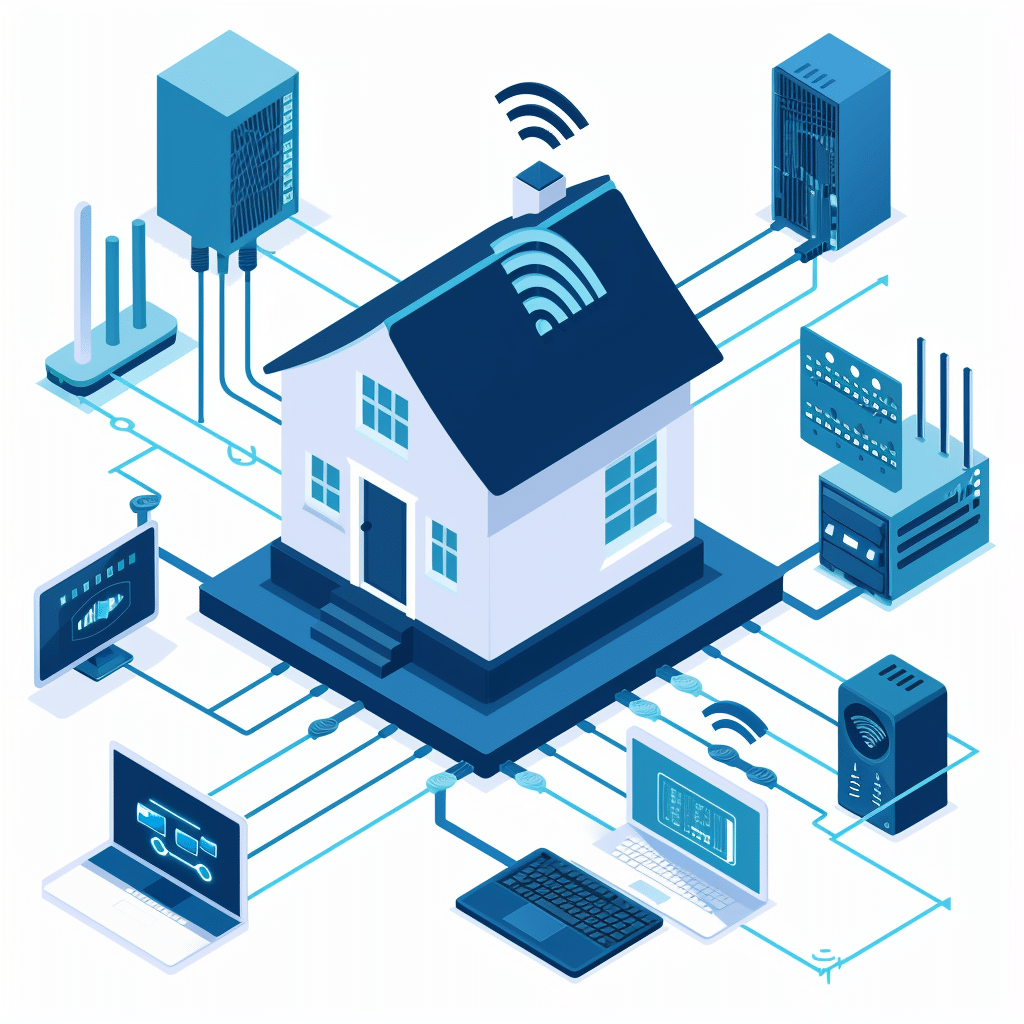
Conclusion
Smart homes offer numerous benefits, from enhanced convenience to improved security. However, these advantages come with significant drawbacks of smart homes that potential users must consider. High costs, complex installation, privacy concerns, and the potential for technology obsolescence are just a few of the challenges that can arise. As the industry continues to evolve, it is crucial for consumers to weigh these drawbacks carefully against the promised benefits, making informed decisions about whether a smart home is truly right for them.
Frequently Asked Questions (FAQs)
Q1: Are smart homes secure?
A1: While smart homes can be secure, they are also vulnerable to hacking and other security threats. It’s essential to use strong passwords, regularly update software, and consider professional installation services like those offered by WyreDreams Inc. to enhance security.
Q2: Do smart homes save money on energy bills?
A2: Smart homes can help reduce energy consumption by optimizing heating, cooling, and lighting. However, the savings may be offset by the high initial costs and energy consumption of the devices themselves.
Q3: Can I install a smart home system myself?
A3: Some basic smart home devices are DIY-friendly, but more complex systems often require professional installation to ensure everything works seamlessly. WyreDreams Inc. provides expert installation services to avoid the common pitfalls of DIY setups.
Q4: What happens if my internet goes down?
A4: If your internet goes down, many smart home devices may not function correctly or at all, particularly those that rely on cloud-based services. It’s important to have a reliable internet connection to maintain the functionality of your smart home.
Q5: Are there health risks associated with smart homes?
A5: While research is ongoing, some concerns have been raised about the potential health effects of electromagnetic radiation from smart devices and the impact of constant connectivity on mental health. It’s a good idea to balance smart home use with time away from screens and devices.
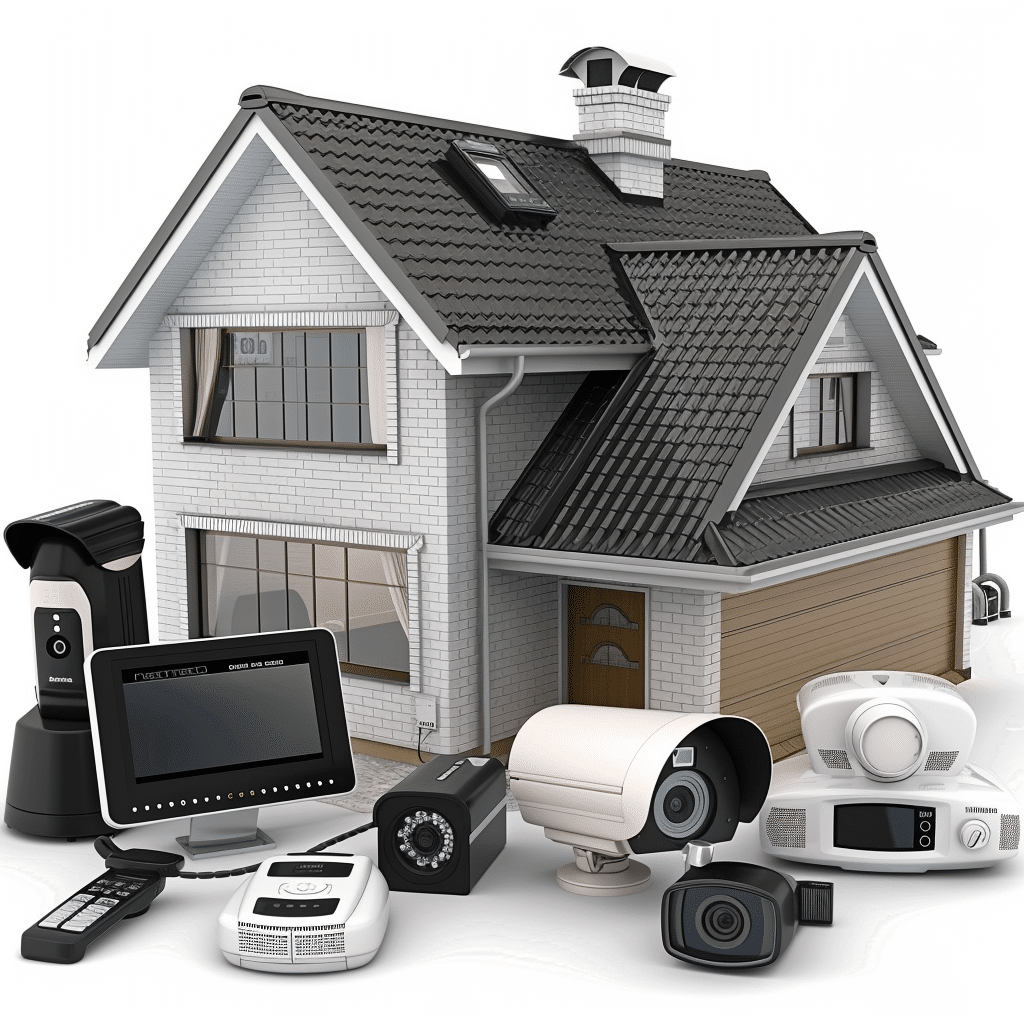
By considering these drawbacks of smart homes alongside their benefits, you can make an informed decision that aligns with your lifestyle and priorities. WyreDreams Inc. is committed to helping you navigate these complexities, ensuring your smart home experience is as rewarding as possible.

From curious child to the President of WyreDreams, my journey started with a fascination for the wires behind my dad’s boombox. Today, I lead a team dedicated to transforming standard setups into exceptional audiovisual and smart home experiences.

